
Inspira – (Spanish)
$16.00
“La cultura, no la vision o la estrategia, es el factor mas poderoso en cualquier organizacion. Ella determina la receptividad del personal y de los voluntarios a nuevas ideas, desata o inhibe la creatividad, construye o erosiona el entusiasmo, y crea un sentido de orgullo y profundo desaliento sobre trabajar o involucrarse. Finalmente, la cultura de una organizacion, particularmente en iglesias y organizaciones sin fines de lucro, pero tambien en cualquier organizacion, moldea la moral individual, el trabajo de equipo, la efectividad y los resultados.” — del capitulo uno
Con frecuencia, los lideres organizacionales confunden la cultura con la vision y la estrategia, pero son muy diferentes. La vision y la estrategia usualmente se enfocan en productos, servicios y resultados, pero la cultura es sobre las personas, el activo mas valioso de la organizacion. Inspira, Como crear una cultura organizacional poderosa lleva a descubrir los deficits en una culta organizacional e incluye los pasos necesarios para evaluar, corregir y cambiar la cultura organizacional deslucida a una vibrante e inspiracional, para que verdaderamente llene las necesidades de la organizacion. El prominente consultor de liderazgo Sam Chand describe las cinco categorias facilmente identificables de la cultura organizacional (Inspiradora, Aceptadora, Estancada, Desalentadora y Toxica), e incluye metodos diagnosticos que los lideres pueden usar para la identificar las fortalezas particulares y las necesidades de su cultura organizacional. Para ayudar en este proceso, tambien, hay una herramienta de evaluacion separada, gratuita, en linea (www.samchandculturesurvey.com). Cuando la cultura de la organizacion esta claramente identificada, los lideres pueden establecer una estrategia para aplicar las siete claves de la Cultura (control, Entendimiento, Liderazgo, Confianza, Sin temor, Responsiva y Ejecucion) que hara de su cultura una que estimule a las personas a ser y hacer lo mejor, y finalmente alcanzar sus metas mas altas.
“Culture–not vision or strategy–is the most powerful factor in any organization. It determines the receptivity of staff and volunteers to new ideas, unleashes or dampens creativity, builds or erodes enthusiasm, and creates a sense of pride or deep discouragement about working or being involved there. Ultimately, the culture of an organization–particularly in churches and nonprofit organizations, but also in any organization–shapes individual morale, teamwork, e
in stock within 3-5 days of online purchase
SKU (ISBN): 9781641231046
ISBN10: 1641231041
Language: Spanish
Samuel Chand
Binding: Trade Paper
Published: September 2018
Publisher: Whitaker House Publishers
Related products
-
Que Mueve Tu Escalera – (Spanish)
$15.99Add to cartWhat obstacles are blocking you?What is your biggest leadership challenge?If overcome successfully, what challenge is ready to springboard you toward your destiny?In What’s Shakin’ Your Ladder? Dr. Samuel Chand discusses fifteen challenges that are common to all leaders and teaches you how to successfully overcome them. Regardless of whether you are leading a new and developing organization or a Fortune 500 corporation, you will be confronted by the challenges of: FOCUS: Finding and maintaining what is importantCOMMUNICATION: Saying it in a way that everyone gets itDECISION MAKING: Understanding how we make decisions, so we can make them betterCHOOSING THE TEAM: Making critical decisions about who is on our teamCHANGE VS. TRANSITION: Intentionally planning transitions for smoother changeCONFLICT: Understanding the importance of health during conflictCONTROL VS. DELEGATION: Learning when to hang on and when to let goEXECUTION: Getting the job doneDr. Chand takes an in-depth look at each of these challenges (plus eight more) and provides practical advice on how to face and overcome the things that are blocking you from achieving your personal best.If you want to grow as a leader, this book is your guide
-
Change Has Changed
$16.99Add to cartThe Greek philosopher Heraclitus said change is the only constant in life.
But the world has experienced so much upheaval since January 2020 that change itself has changed! In business, the church, and nonprofits, leaders are being left in the dust as events and challenges speed by in a blur. The pace of change was accelerating before…but the pandemic pressed the pedal to the floor.
“We’re at an inflection point,” says leadership architect and change strategist Sam Chand. “The way things were isn’t the way things will be.”
In his new book Change Has Changed, Sam sets out to help leaders understand the evolving nature of change so that they can guide their organizations with wisdom and confidence.
He examines three major shifts that he likens to three simultaneous earthquakes:
*Our environment has changed. People are working from home, many businesses may never reopen, and the way we shop, handle health needs, and even go to church has changed.
*We have changed. We’ve learned to live with rampant uncertainty and a raft full of nagging fears–but our bodies and our souls weren’t meant for this!
*The people around ushave changed. They are frustrated, isolated, depressed, anxious, and angry. They just don’t feel safe.
Sam tackles these and related issues head-on by offering lessons that will empower leaders to be ready for the next normal.
“We used to talk about a new normal as if it’s the end point of change,” Sam explains, “but if we’ve learned anything in the past months, it’s that change is perpetual, and we need to anticipate the next one on the horizon.”
-
New Thinking New Future
$24.99Add to cart“Our thought processes are so familiar, so ingrained, that we can’t imagine thinking a new way. It’s like our minds are running antiquated software that’s slow, with lots of glitches, and is unproductive, but it’s all we’ve ever known. We need to upgrade the software in our heads!”–Sam Chand
Some people thought they made Sam Chand “an offer he couldn’t refuse” when they invited him to speak at a two-day event overseas. After all, they were paying for first-class travel and accommodations for both Chand and his wife, plus throwing in a generous honorarium. But he didn’t jump at the opportunity. Chand was only interested in “the long-term, existential impact” on attendees. He asked, “Will every activity give me the opportunity to influence influencers? And can I be part of a leadership journey instead of just a leadership event?”
Rather than monetary gain, Chand was interested in building relationships. He was thinking in a different way than they were.Chand notes that our perceptions and thinking patterns determine our emotions, values, and beliefs, influencing how we respond to people and events. Sometimes, we are not even aware of the reasons behind what we say and do because our responses may be ingrained from childhood.
But Chand believes all of us can have New Thinking for a New Future. He has set out to help people move beyond specific goals and consider objectives and key results, challenge themselves, ask crucial questions, and “upgrade the software” in their heads. Through this book, Chand hopes to help others “think more deeply, more clearly, and more productively than ever before.”
-
Aprovecha El Poder De Las Tens – (Spanish)
$15.99Add to cartLa palabra tension proviene de la palabra latina tendere, que significa “estirar”. No es malo estirarnos en nuestras carreras, nuestra crianza de los hijos, nuestros ministerios o nuestro liderazgo. Sin tension, nos estancamos y dejamos de crecer. De hecho, podriamos decir que la tension es inevitable y, en muchos casos, deseable en la vida y el liderazgo.
En Aprovecha el poder de las tensiones: estirado pero no roto, el consultor internacional de liderazgo, Sam Chand, examina la tension a medida que surge en y entre los ambitos de negocios, iglesia y familia. La presencia de tension no es un defecto en ti o una amenaza de los demas. No es un problema para resolver, sino un recurso para utilizar. Cuando desarrolles esta perspectiva y encuentres tension, estaras menos confundido y te sentiras menos culpable porque entiendes que la tension no es el resultado de un error o un fallo tuyos. Experimentaras menos presion para resolver todo y menos compulsion para resolverlo rapida y completamente.
Cuando aceptamos la tension como una realidad de la vida, ganamos confianza y claridad mental ante ella. Nuestro objetivo no es deshacernos de la tension, sino usarla para crear algo mejor que antes. No caminamos sobre cascaras de huevo, por miedo a decir algo incorrecto. Aprendemos cuando hablar, cuando hacer preguntas, cuando escuchar y cuando dejar ir las cosas. A medida que nos relajamos en medio de la tension, vemos a las personas y las situaciones mas claramente, e invitamos a nuestras familias y equipos al proceso de utilizar creativamente la tension en la vida y el liderazgo.
The word tension comes from the Latin word tendere, which means “to stretch.” It’s not a bad thing to be stretched in our careers, our parenting, our ministries, or our leadership. Without tension, we become stagnant and stop growing. In fact, we might even say that tension is both inevitable and, in many cases, desirable in life and leadership.
In Harnessing the Power of Tensions: Stretched but Not Broken, international leadership consultant Sam Chand examines tension as it arises in and between the arenas of business, church, and family. The presence of tension isn’t a flaw in you or a threat from others. It’s not a problem to solve, but a strain to be used. When you develop this perspective and you encounter tension, you’ll be less confused and feel less guilty because you understand that tension isn’t the result of your error or flaw. You’ll experience less pressure to figu

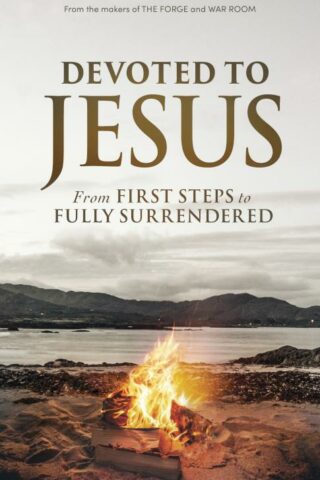 Devoted To Jesus
Devoted To Jesus
 NoteWorthy New Testament Read And Journal Through The New Testament In A Ye
NoteWorthy New Testament Read And Journal Through The New Testament In A Ye
 Laugh And Grow Bible Kids Coloring And Activity Book
Laugh And Grow Bible Kids Coloring And Activity Book
 Girl Who Believes In Miracles (DVD)
Girl Who Believes In Miracles (DVD)
 Bikers Guardian Angel Bike Clip
Bikers Guardian Angel Bike Clip
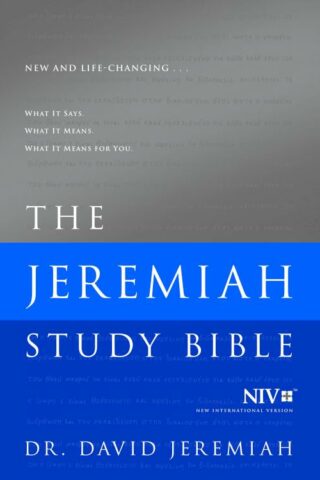 Jeremiah Study Bible
Jeremiah Study Bible
 Neo Transformed (Bracelet/Wristband)
Neo Transformed (Bracelet/Wristband)
 Prayers To Share 100 Pass Along Notes To Cultivate Kindness
Prayers To Share 100 Pass Along Notes To Cultivate Kindness
 Inspire PRAISE Bible Filament Enabled
Inspire PRAISE Bible Filament Enabled
 Thinline Bible Comfort Print
Thinline Bible Comfort Print
 Life Application Study Bible Third Edition Large Print
Life Application Study Bible Third Edition Large Print
 Bible Origins The Underground Story
Bible Origins The Underground Story
 Love Is Patient 1 Corinthians 13:4-8 Fabric Wrapped
Love Is Patient 1 Corinthians 13:4-8 Fabric Wrapped
 Journal The Word Bible Large Print Comfort Print
Journal The Word Bible Large Print Comfort Print
 Color Code Bible For Kids Comfort Print
Color Code Bible For Kids Comfort Print
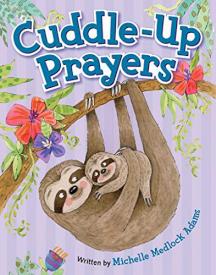 Cuddle Up Prayers
Cuddle Up Prayers
 Parable Of The Prodigal Son Pamphlet
Parable Of The Prodigal Son Pamphlet
 Brides Bible Comfort Print
Brides Bible Comfort Print
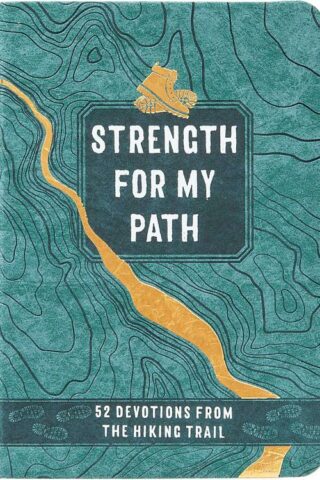 Strength For My Path
Strength For My Path
 Deluxe Reference Bible Center Column Giant Print Comfort Print
Deluxe Reference Bible Center Column Giant Print Comfort Print
 Magnet For Miracles Tassel Bookmark
Magnet For Miracles Tassel Bookmark
 Create A Gift Single Frame
Create A Gift Single Frame
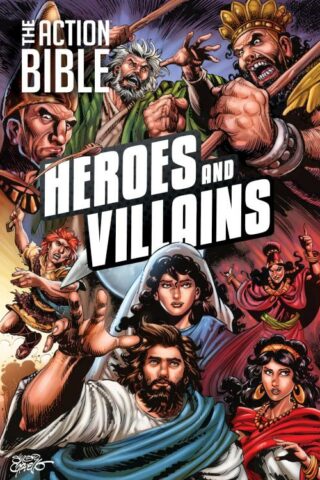 Action Bible Heroes And Villains
Action Bible Heroes And Villains
 Teen Study Bible Comfort Print
Teen Study Bible Comfort Print
 Center Column Reference Bible Comfort Print
Center Column Reference Bible Comfort Print
 Tell the Grave
Tell the Grave
 Nobody Like Jesus
Nobody Like Jesus
 Hurt And The Healer
Hurt And The Healer
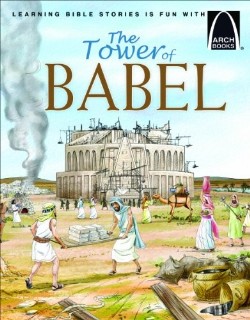 Tower Of Babel
Tower Of Babel
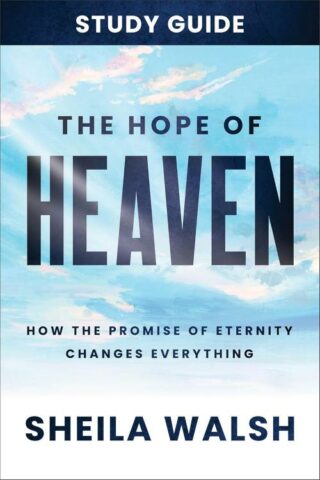 Hope Of Heaven Study Guide (Student/Study Guide)
Hope Of Heaven Study Guide (Student/Study Guide)
 Family Lifes Greatest Blessing Photo Block
Family Lifes Greatest Blessing Photo Block
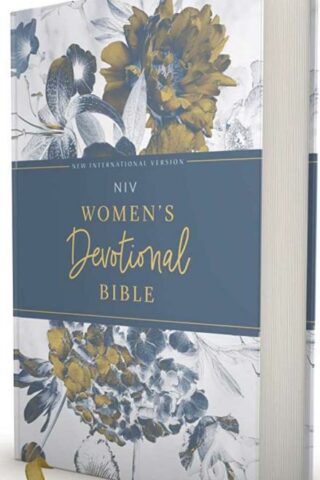 Womens Devotional Bible Comfort Print
Womens Devotional Bible Comfort Print
 For Unto Us A Child Is Born
For Unto Us A Child Is Born
 Bible Hi Glider Accu Gel Highlighter
Bible Hi Glider Accu Gel Highlighter
 Warsaw Sisters : A Novel Of WWII Poland
Warsaw Sisters : A Novel Of WWII Poland
 God Is Within Her She Will Not Fail
God Is Within Her She Will Not Fail
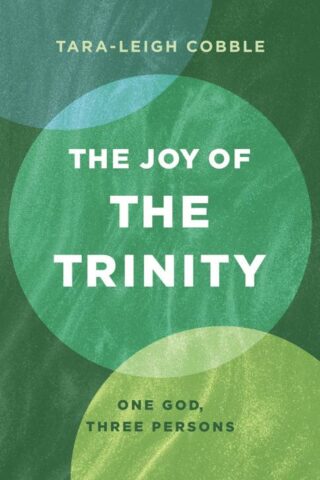 Joy Of The Trinity
Joy Of The Trinity
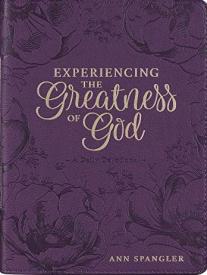 Experiencing The Greatness Of God
Experiencing The Greatness Of God
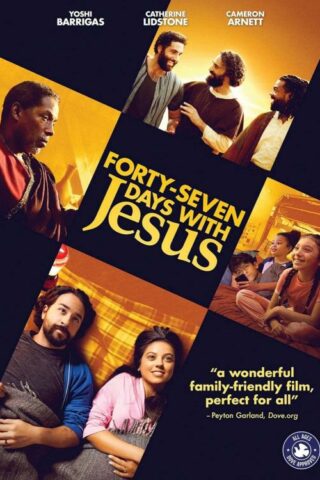 47 Days With Jesus (DVD)
47 Days With Jesus (DVD)
 Country Gospel Audio New Testament Audio
Country Gospel Audio New Testament Audio
 Jesus Blesses The Children
Jesus Blesses The Children
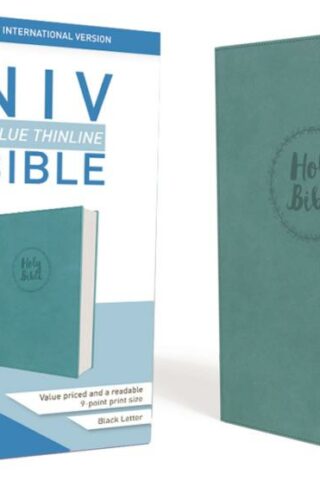 Value Thinline Bible Comfort Print
Value Thinline Bible Comfort Print
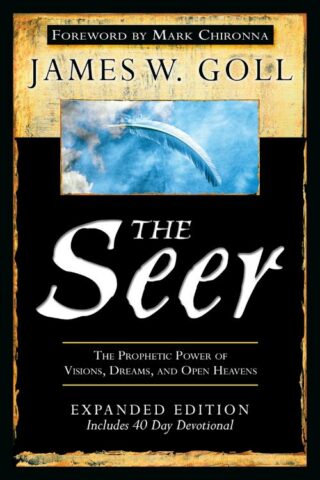 Seer Expanded Edition (Expanded)
Seer Expanded Edition (Expanded)
 Life Application Study Bible Third Edition
Life Application Study Bible Third Edition
 Cherished Girl Sunny State Of Mind (XL T-Shirt)
Cherished Girl Sunny State Of Mind (XL T-Shirt)
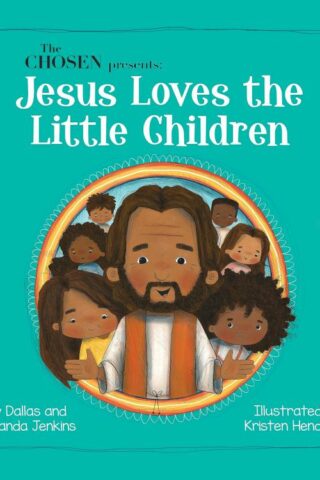 Chosen Presents Jesus Loves The Little Children
Chosen Presents Jesus Loves The Little Children
 For The Love Of God
For The Love Of God
 Large Print Reference Bible Comfort Print
Large Print Reference Bible Comfort Print
 Hold Fast Strength And Shield (Medium T-Shirt)
Hold Fast Strength And Shield (Medium T-Shirt)
 Charles F Stanley Life Principles Bible 2nd Edition Comfort Print
Charles F Stanley Life Principles Bible 2nd Edition Comfort Print
 MacArthur Study Bible 2nd Edition Comfort Print
MacArthur Study Bible 2nd Edition Comfort Print
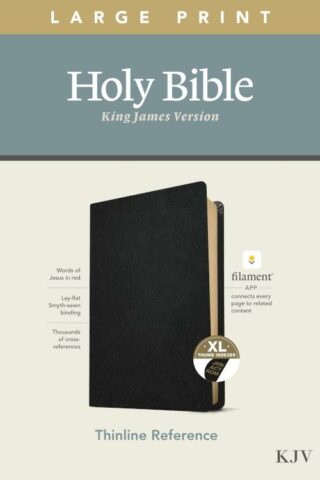 Large Print Thinline Reference Bible Filament Enabled Edition
Large Print Thinline Reference Bible Filament Enabled Edition
 Amazing Grace Lantern With LED Candle
Amazing Grace Lantern With LED Candle
 Thinline Large Print Catholic Bible Comfort Print
Thinline Large Print Catholic Bible Comfort Print
 God Is Love
God Is Love
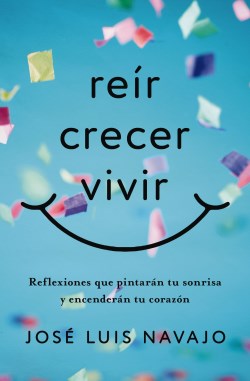 Reir Crecer Vivir - (Spanish)
Reir Crecer Vivir - (Spanish)
 Target Acquired
Target Acquired
 Live For Him Rubber Wristband
Live For Him Rubber Wristband
 Bless This Kitchen Wall Utensil Holder With 5 Hooks
Bless This Kitchen Wall Utensil Holder With 5 Hooks
 Thompson Chain Reference Bible Handy Size Comfort Print
Thompson Chain Reference Bible Handy Size Comfort Print
 Created By Me Jewelry Box Kit
Created By Me Jewelry Box Kit
 Shepherd Looks At Psalm 23
Shepherd Looks At Psalm 23
 Hope Worry Stone
Hope Worry Stone
 Personal Size Large Print Single Column Reference Bible Comfort Print
Personal Size Large Print Single Column Reference Bible Comfort Print
 25 Favorite Silly Songs!
25 Favorite Silly Songs!
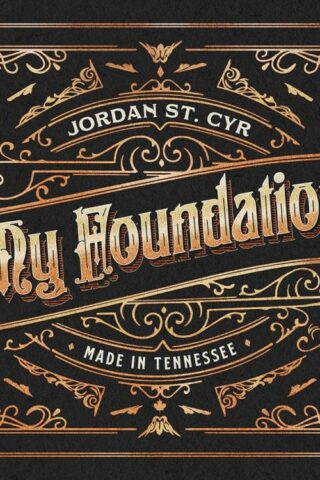 My Foundation
My Foundation
 NoteWorthy New Testament Read And Journal Through The New Testament In A Ye
NoteWorthy New Testament Read And Journal Through The New Testament In A Ye
 Screwtape Letters
Screwtape Letters
 Holy Spirit
Holy Spirit
 Blessed Assurance Small Sign
Blessed Assurance Small Sign
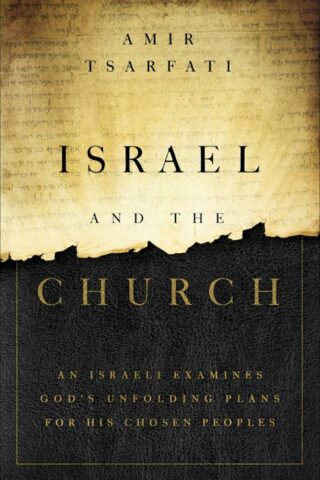 Israel And The Church
Israel And The Church
 New Testament Pocket Size With Psalms And Proverbs
New Testament Pocket Size With Psalms And Proverbs
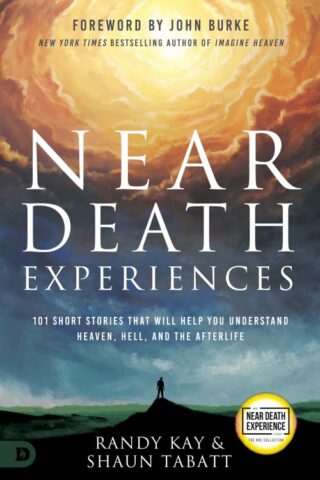 Near Death Experiences
Near Death Experiences
 Classic LuxLeather Thinline
Classic LuxLeather Thinline
 Homecoming (CD with DVD)
Homecoming (CD with DVD)
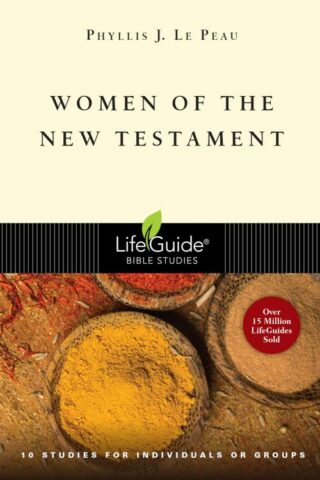 Women Of The New Testament (Student/Study Guide)
Women Of The New Testament (Student/Study Guide)
 3 Minute Prayers For The Worried Heart
3 Minute Prayers For The Worried Heart
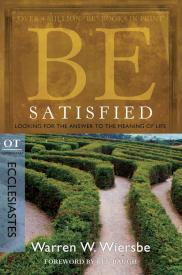 Be Satisfied Ecclesiastes (Revised)
Be Satisfied Ecclesiastes (Revised)
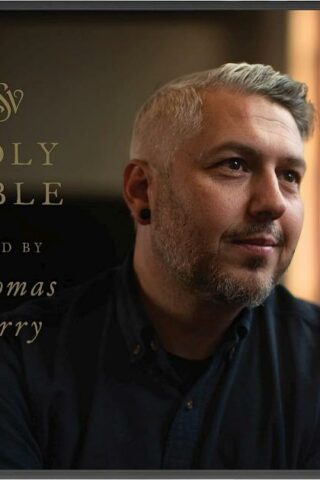 Audio Bible Read By Ray Ortlund
Audio Bible Read By Ray Ortlund
 Christmas Angels
Christmas Angels
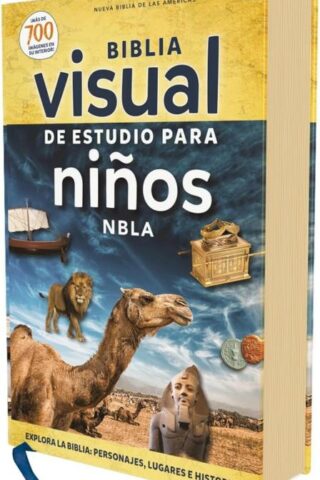 Kids Visual Study Bible
Kids Visual Study Bible
 Wedding Prayers
Wedding Prayers
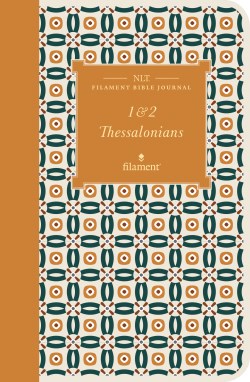 Filament Bible Journal 1 And 2 Thessalonians
Filament Bible Journal 1 And 2 Thessalonians
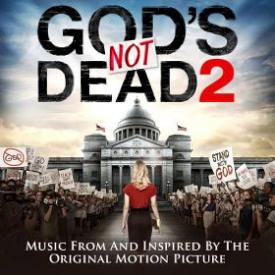 Gods Not Dead 2 Soundtrack
Gods Not Dead 2 Soundtrack
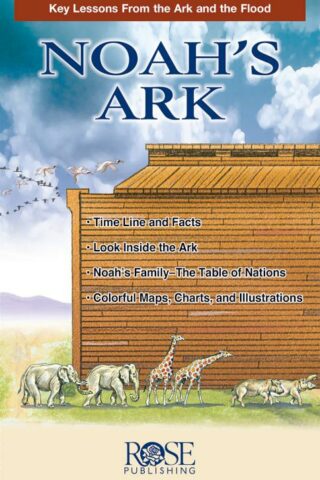 Noahs Ark Pamphlet
Noahs Ark Pamphlet
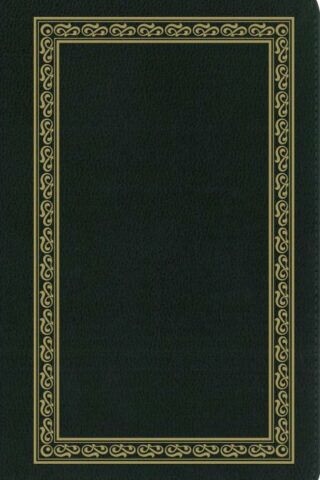 Personal Size Bible Large Print Premier Collection Comfort Print
Personal Size Bible Large Print Premier Collection Comfort Print
 Study Bible
Study Bible
 Giant Print Bible
Giant Print Bible
 Princess Cut 3 (DVD)
Princess Cut 3 (DVD)
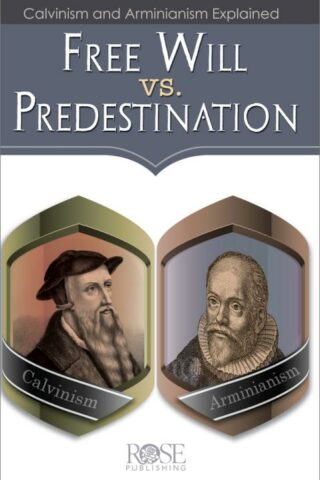 Free Will Vs Predestination Pamphlet
Free Will Vs Predestination Pamphlet
 Saint Francis Of Assisi
Saint Francis Of Assisi
 Tonight We Pray For The Momma
Tonight We Pray For The Momma
 Pretend Play Condiment Set
Pretend Play Condiment Set





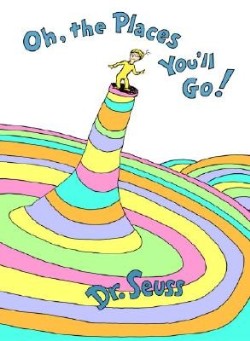



Reviews
There are no reviews yet.